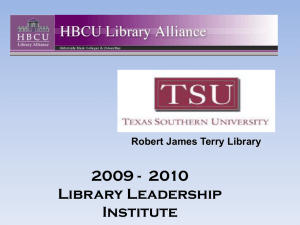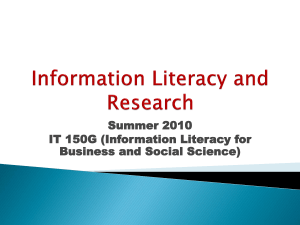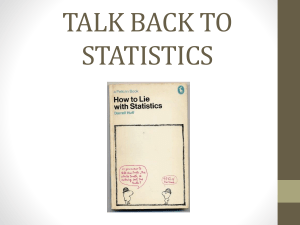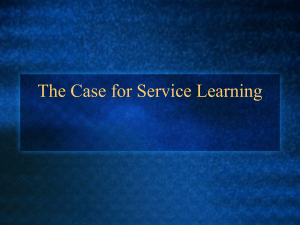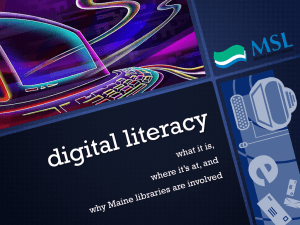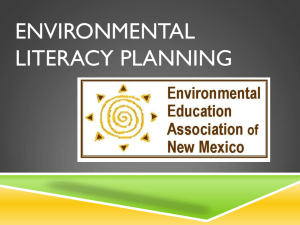Assessment-driven Classroom Management Using PALS Results
advertisement
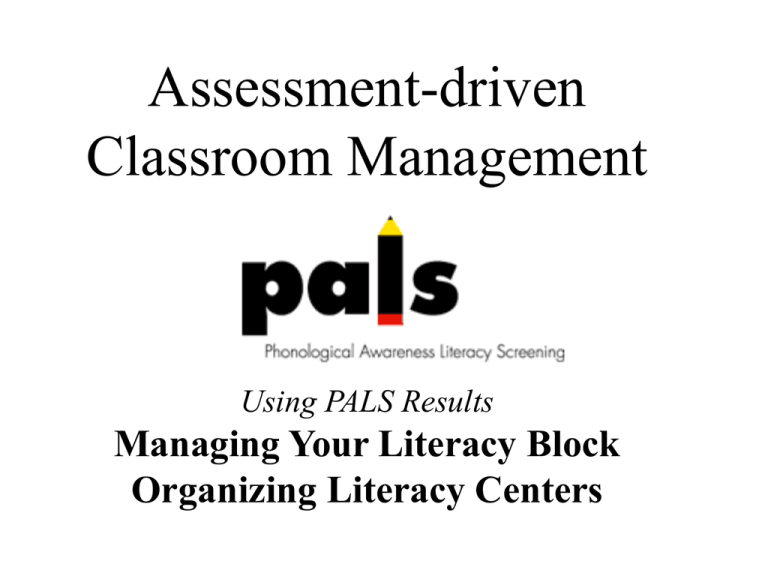
Assessment-driven Classroom Management Using PALS Results Managing Your Literacy Block Organizing Literacy Centers “While I’m leading a reading group, what are my other kids doing?” Organizing Literacy Centers Sample Tasks for Alphabet Center: All literacy centers should be purposeful and reinforce the literacy concepts and skills taught during directed instruction. Learning Names Magnetic letters: Find the bag with your picture. out cardboard pieces with letters. Make your name in upper & lower case and say each letter. Write your name. Do a friend’s name. Take Match upper & lowercase A a Make your name. Find it. Make 3 words. Write it. Alphabet puzzles Font sorts Match upper & lower case. Put in order A-Z. Find the letters that make your name. Practice writing some of the letters. M P p m Match Match A a a a the letters, e.g., M, A, S upper & lower case A a How do I set-up and run my literacy centers? Select a manageable number of literacy centers. Support the 5 components of reading Phonological Awareness Phonics Fluency Comprehension Vocabulary • Provide a work board, or visual display, for assigning students to centers. • Use a checklist to insure students complete centers. • Keep it simple. Centers should be easy to maintain and update. Teaching Students to Use Centers • Gradually introduce your literacy centers – Establish clear expectations for behavior – Introduce 1 new center each day. Begin with simplest centers and gradually add more complex – Practice using a center before adding others. – Provide oral and written directions • (use icons or pictures for emergent & beginning readers) • Initially, offer guided feedback & support • ALWAYS review basic procedures and expectations for centers Teaching Students to Use Centers (cont.) • Model routines for using centers: – – – – how to read the workboard how to use the center materials how to share & talk with classmates how to clean up • Anticipate potential problems at centers – have small groups roleplay problems, e.g., arguing over a book, missing materials, etc. – let children help to create peaceful solutions What does a workboard look like? • A workboard includes: – names of the centers – children in each group • Post it in a central location that is eye-level for students • Use words, icons, pictures, and photos to help students understand the board • Teach students to use the workboard independently. Sample Work Board QuickTime™ and a TIFF (Uncompressed) decompressor are needed to see this picture. How do students move from center to center? • At 1st, model and practice transitions in small groups. • Move by groups at the beginning of center time. • Limit the # of people at a center. Designate 1 center to handle back-ups. • ALWAYS review the transition process daily with students. Let the class help to brainstorm and to evaluate transitions. • Provide positive feedback for smooth transitions. How much time is spent at centers? Timed Centers Untimed Centers • give a pre-determined time for each center • Use a timer • Build in 1-2 minutes for clean-up • Use a checklist to hold students accountable • students move at their own pace as they complete work • keep a checklist for clean-up at the center • prioritize particular centers to be completed Organizing Literacy Centers Small Group Activity: Samples of Literacy Centers Copyright 2005-2007 by the Rector and Visitors of the University of Virginia.



